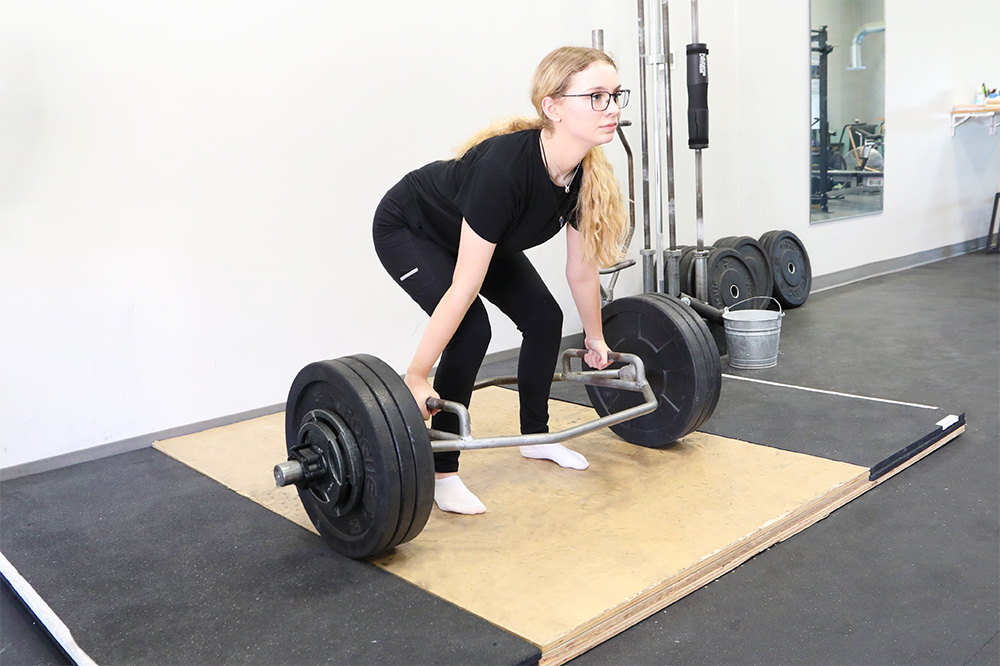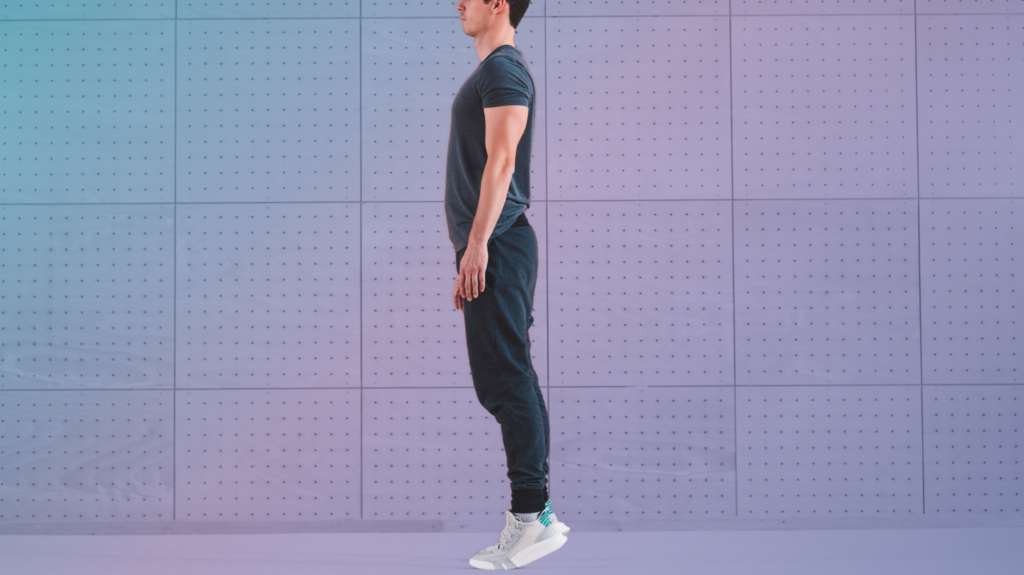When properly executed, the deadlift increases our core strength while working more muscles than any other weightlifting exercise. On the other hand, improper execution could stress your lower back, leading to a painful sprain or strain. Knowing what deadlift back pain prevention measures to take, and the correct lifting technique during deadlift exercises are important.
Sprain or Strain
Is it a sprain? Or is it a strain? A strain results from the lower back’s muscle fibers being overly stretched or torn. A sprain occurs when ligaments are torn. Both injuries can result in intense lower back pain, stiffness, muscle spasms, and decreased mobility.
The Healing Process
Whether your lower back pain results from a strain or a sprain, the only true cure is time. An initial 48- to 72-hour intense pain will usually give way to the discomfort that gradually diminishes over the following week or two. While there are measures we can take to relieve pain associated with the deadlift, such as applying ice for 15–20 minutes every couple hours for the first three days, followed by 15–20 minutes of a moist hot pack beginning on the fourth day, this will do nothing if you do not take time off from physical activity.
You should also avoid any heavy lifting or excessive flexing of the spine. If you return to pumping iron too soon, you will likely find yourself sidelined for another couple of weeks.
Exercises After Injury
It’s best to stick with the basics following lumbar strains and sprains. Core stability exercises such as glute squeezes, pelvic tilts, abdominal draw-in maneuvers, bridge exercises, and dead bugs are a good start.
When You’re Ready to Deadlift Again
The majority of lower back injuries caused by the deadlift are the result of improper execution. It stands to reason the best way to avoid a sprain or a strain is by performing the lift properly. To achieve a proper deadlift stance, your feet should be positioned so the bar is directly over the center of your feet. With an overhand hold on the bar, your arms should be vertical — perpendicular in relation to the floor — and your shoulder blades should be directly over the bar.
With your back straight, begin the lift by extending your legs as you push down on your heels. When the bar reaches your shins — just below the knees — continue the lift by thrusting the hips forward to bring the body to an upright position. This is important because pulling back on the bar creates stress on our lower back. Finally, complete the lift by squeezing the gluteal muscles. To lower the weight, all you need to do is follow the above-mentioned steps in reverse order.
Deadlift Tips
While such tips as keeping our back straight might seem easy enough to remember now, the truth is, attempting to lift several hundred pounds of dead weight can be very intimidating. One way to ensure you do not inadvertently round the back while executing a deadlift is by thrusting the chest forward and maintaining it throughout the exercise. Remember, the chest always wins! Also, because the bar often scrapes against the shins and kneecaps as it’s being raised, many weightlifters risk injuring their lower backs by holding it too far away from their bodies. Wearing long pants or shin guards to protect your legs will solve this problem.
Stretching for Back Pain Prevention
As with any weight-training exercise, proper stretching before performing a set of deadlifts will likely decrease the risk of injuries and back pain prevention. If you are dealing with lower back pain, contact one of our many Valley-wide locations, schedule your free assessment, and start living pain-free.
For a free fitness assessment at one of our FAST Performance centers, schedule an appointment and meet with Certified Strength and Conditioning Specialists. They will assess your current fitness levels, define objectives and create a personalized program to help with back pain prevention.







